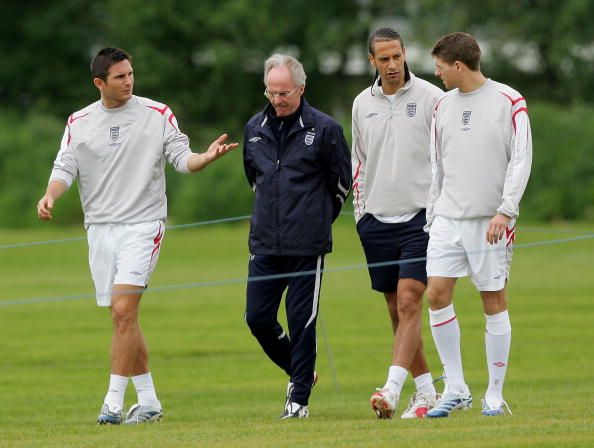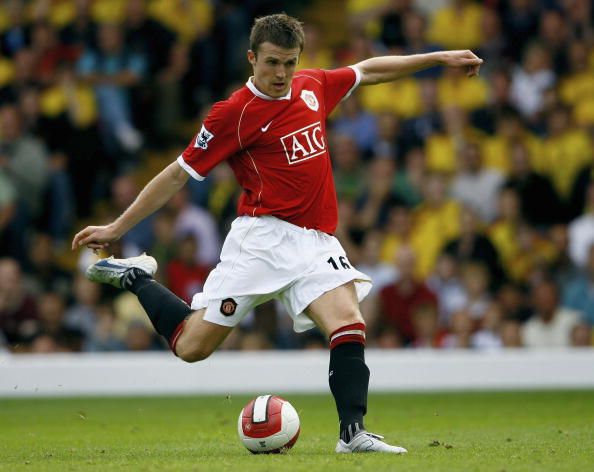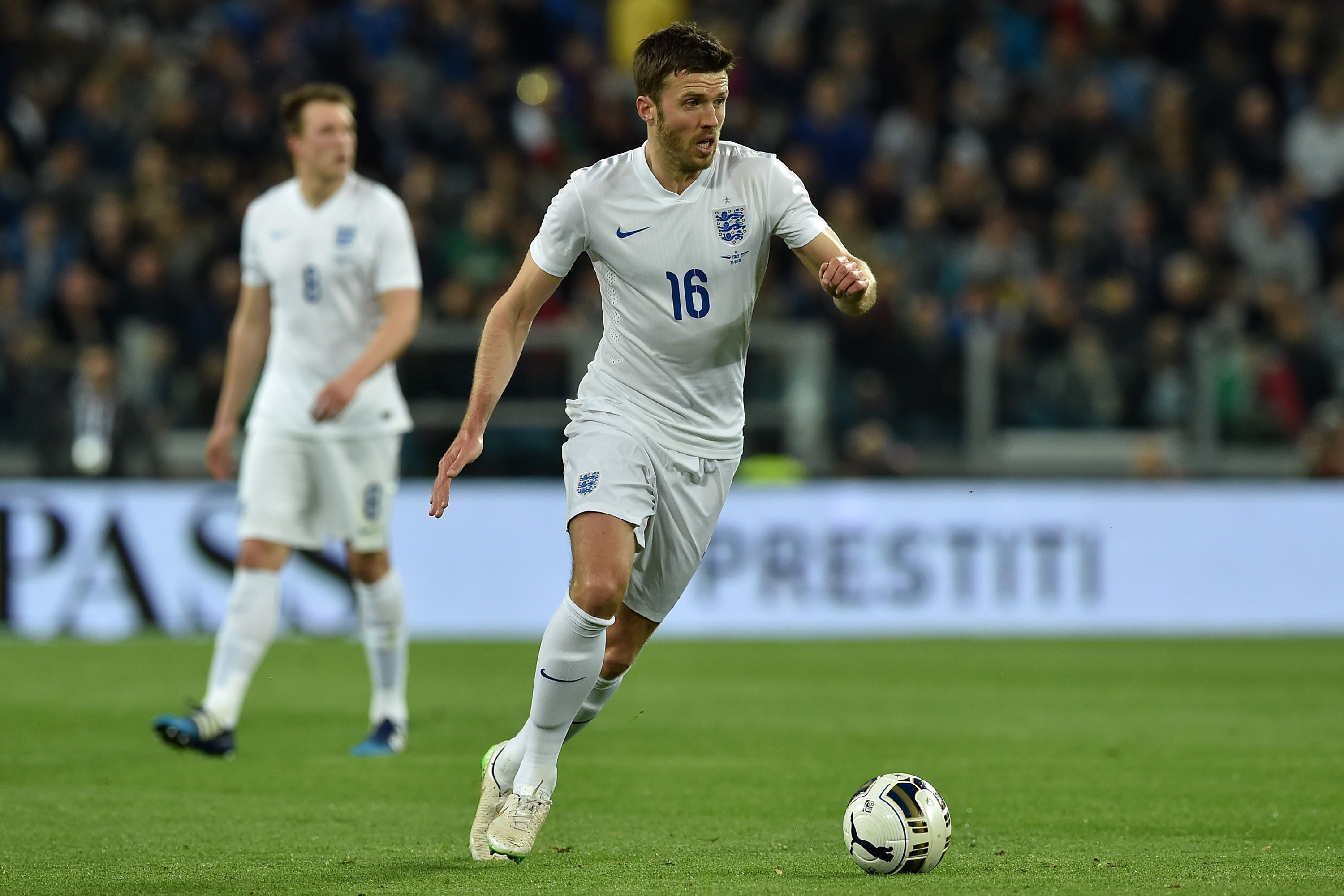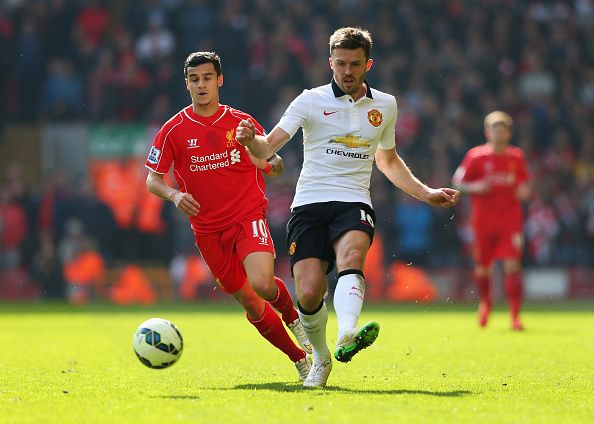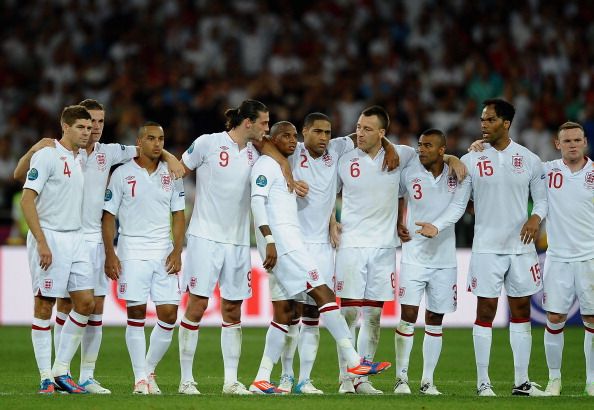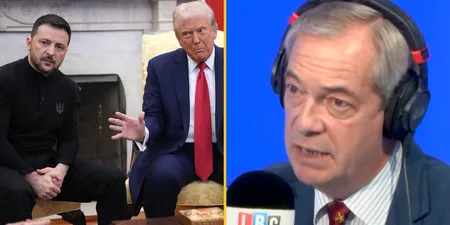A player of Carrick’s quality and longevity should have earned twice as many caps.
Paul Scholes’ England career is always used as a prime example of why the England team have failed to achieve success during a period when they were littered with excellent players.
The former Manchester United midfielder retired from international football in 2004, after playing on the left-side of midfield in that summer’s European Championships.
The gifted midfielder was shunted to the wing to accommodate the talented but ultimately dysfunctional central midfield pairing of Steven Gerrard and Frank Lampard.
Scholes was just 29-years-old, and would go on to play for another nine years, winning another five Premier League titles and the Champions League.
England would continue to be mediocre at international tournaments.
Many consider Scholes’ situation to sum-up exactly why England failed to achieve success, but it could be argued that the better example is his long-time teammate, Michael Carrick.
After all, Scholes played 66 games, and scored 14 goals, for England across a seven year international career.
Being played out of his natural position was arguably only one of the factors in his decision to retire, along with wanting to spend more time with his family and prolong his club career.
Carrick has never retired, he was just repeatedly overlooked in favour of more famous players, and, in some cases, lesser players, such as Scott Parker, Jordan Henderson or even Phil Jones.
Stewart Downing has 35 caps. Shaun Wright Phillips has 36 caps. Carrick has just 34 caps. How is this possible considering Carrick’s club career?
It could be argued that his lack of playing time sums up exactly why England have failed to be successful at international level.
It conveys their misguided reliance on talented, famous players. On coaches who fall into the trap of picking a team of individuals, rather than a player to fit a system. And shows a lack of tactical nous.
Carrick was signed to fill the void left by Roy Keane at United in 2006. An impossible task, but one Carrick has performed with distinction. He could never have the impact the Irishman had at Old Trafford.
Keane was the driving force behind United’s most successful period. Carrick was a key player in Alex Ferguson’s last great team. But Keane was a once in a generation player.
However, the two were similar in the way that made those around them play better, they controlled the tempo of games and their pass selection was simple but effective.
Here’s a video of Carrick’s passes in his only start for England at an international tournament, against Ecuador in the last-16 of the 2006 World Cup in Germany.
It’s incredible to think that Michael Carrick has only played once for ENG at a major int’l tournament (and it was before he joined Man Utd) pic.twitter.com/DKiOe4cBTy
— Mohamed Moallim (@iammoallim) March 2, 2017
Now compare them to some of Keane’s passes.
Both players show great awareness, and look for a quick, relatively short pass between the lines to players’ feet. They aren’t interested in Hollywood style cross-field passes, and they help get their team up the pitch and bring others into the game.
Carrick was named man of the match for his performance against Ecuador, yet was dropped for the next game, England’s loss on penalties in the quarter-finals to Portugal.
The game where England arguably missed Carrick the most was against Italy in the quarter-finals of Euro 2012.
The team started with Gerrard and Parker, while Carrick was sitting at home after opting out of selection if it meant being used a bit-part player.
The most common pass made by Roy Hodgson’s team that night was between Joe Hart and Andy Carroll. Andrea Pirlo cruised through the game, while England’s midfield pairing ran around a lot before losing on penalties.
If England didn’t appreciate Carrick’s worth, United did. In 2013, when Robin van Persie’s goals helped United win the Premier League, Carrick was voted the team’s player of the year.
In the past two seasons, despite being in the winter of his career, the midfielder has become almost indispensable. His importance is conveyed when he’s not involved.
Football journalist Jonathan Wilson writes that, in the 2014-15 season, United picked up 2.44 points per league game when the 35-year-old started, and 1.41 points per game when he did not.
While last season, the team earned 1.91 points per league game when Carrick started, and 1.50 when he did not. He started this season out of Jose Mourinho’s team, but he was soon back in the team.
He enables Paul Pogba to play further forward, and provides a nice balance alongside the all-action Ander Herrera.
This balance, and calm demeanour, is exactly why Carrick should have been in the England team at the base of midfield.
This isn’t saying England would have won an international tournament with him in the team, but his absence highlights several aspects of the team that has proved detrimental.
There’s been an emphasis on the individual over the team, style over substance and physical effort over intelligence. Tactical nous is overlooked in favour of fitting in a player based on his reputation.
Yes, Gerrard and Lampard were more talented, especially the former Liverpool midfielder. However, picking the best team doesn’t automatically mean that you pick the most talented players. And the talented, attacking players need someone to pass them the ball and fill in the gaps when they go forward
Carrick would have provided England with a much-needed balance in midfield, a deep-lying midfielder who controls the pace of the game, and gets the ball forward to players’ feet, opening up space and bringing others into play. A footballer who remains calm under pressure.
The way he has consistently played for United over 11 years. Every team needs a Carrick, especially England, who often resembled headless chickens in major tournaments.
United will struggle to replace him when he eventually leaves. England won’t, because they never used him, which says more about the team, than Carrick.

